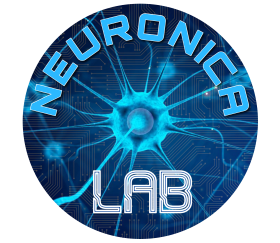Non-stationary topological representation can be addressed in two ways, according to the application: life-long modeling or by forgetting the past.
Life-long learning requires neural networks equipped with a tool for judging if a neuron has to be created for tracking the input distribution. It is always implemented as an isotropic criterion (a hypersphere centered at the winner weight vector represents the domain of the neuron).
Instead, the G-EXIN neural network, presented here, uses an anisotropic convex polytope, which, models the shape of the neuron neighborhood.
This idea allows to consider the boundaries of the Voronoi sets of data and controls the extent of the extrapolation. It also employs a novel kind of edge, called bridge, which carries information on the extent of the distribution time change. Indeed, the analysis of bridges, mainly their density, yields a deeper insight to the kind of non-stationarity.
Both artificial and real examples are given of the advantages of this approach with regard to the ESOINN neural network, which is the best existing approach to life-long modeling.
